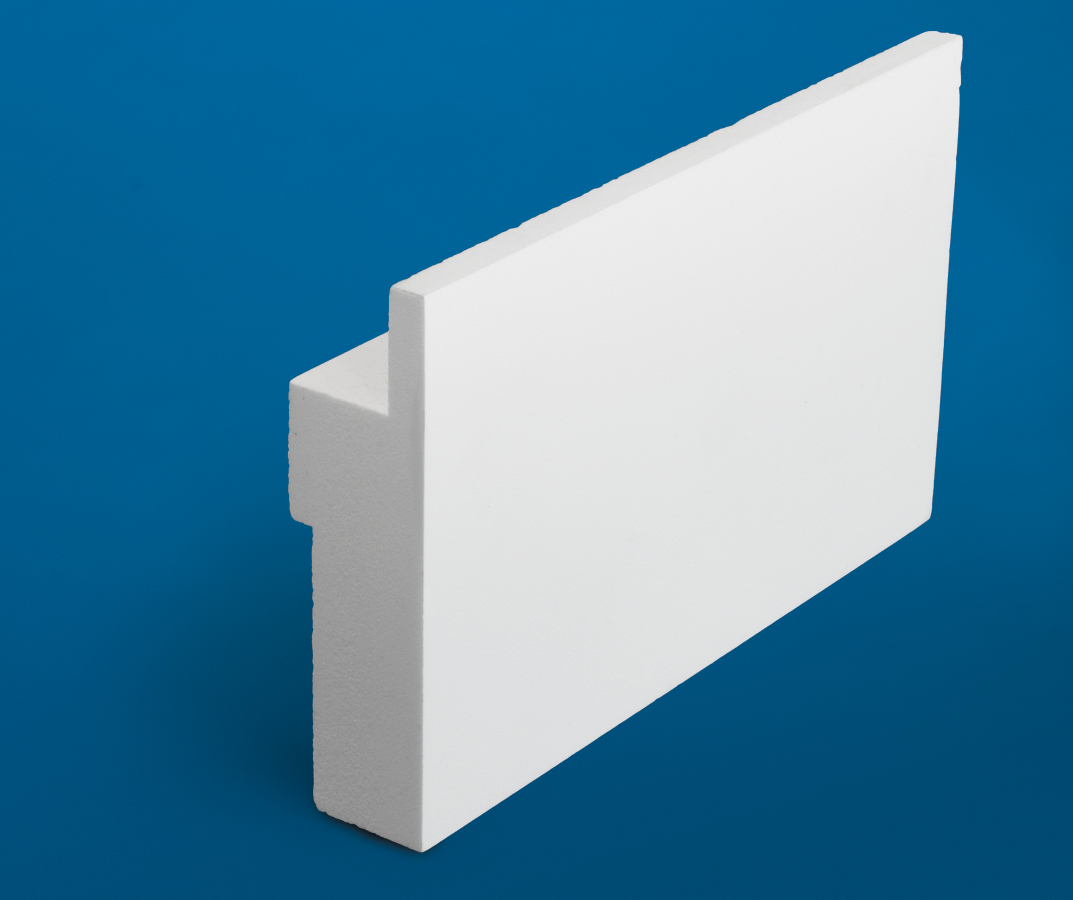CertainTeed achieved GreenCircle certification for its Restoration Millwork Exterior Trim, enhancing the sustainable appeal and environmental transparency of the product line.
The third-party certification was conducted by GreenCircle Certified, LLC, and the process included a comprehensive review of the manufacturing process and products, verifying the 21% recycled content of the product.
“Securing an independent third-party certification of the recycled content within our Restoration Millwork products reinforces our overarching commitment to environmental responsibility,” says Rick Brinton, marketing manager for Restoration Millwork at CertainTeed Siding Products Group. “In addition to GreenCircle certification, the long-lasting performance and durability of Restoration Millwork make it an ideal choice for sustainable building projects.”
In order to verify and certify recycled content claims, GreenCircle conducted a detailed evaluation of the Restoration Millwork product line and the company’s manufacturing operations in Social Circle, Ga. The claims were verified for conformance with International Organization for Standardization (ISO) 14021 Environmental Labels and Declarations requirements.
Made from cellular polyvinyl chloride, the full line of Restoration Millwork trim, beadboard and accessories is engineered to look, feel and work like top-grade lumber. Unlike wood, however, it is made with a long-lasting, low-maintenance material that is resistant to rotting, warping, moisture and insects. It can be cut using ordinary woodworking tools and fastened with nails or screws. It is highly resistant to yellowing caused by UV rays, resists freezing during winter months, features a Class A (Class 1) flame spread classification and is backed by a 25-year limited warranty. +
Related Stories
| May 25, 2011
Low Impact Development: Managing Stormwater Runoff
Earn 1.0 AIA/CES HSW/SD learning units by studying this article and successfully passing the online exam.
| May 25, 2011
Register today for BD+C’s June 8th webinar on restoration and reconstruction projects
Based on new and award-winning building projects, this webinar presents our “expert faculty” to examine the key issues affecting project owners, designers and contractors in case studies ranging from gut renovations and adaptive reuses to restorations and retrofits.
| May 25, 2011
Hotel offers water beds on a grand scale
A semi-submerged resort hotel is the newest project from Giancarlo Zema, a Rome-based architect known for his organic maritime designs. The hotel spans one kilometer and has both land and sea portions.
| May 25, 2011
Smithsonian building $45 million green lab
Thanks to a $45 million federal appropriation to the Smithsonian Institution, the Smithsonian Environmental Research Center in Edgewater, Md., has broken ground on what is expected to be one of the most energy-efficient laboratories in the country. The 69,000-sf lab is targeting LEED Gold and is expected to use 37% less energy and emit 37% less carbon dioxide than a similar building.
| May 25, 2011
World’s tallest building now available in smaller size
Emaar Properties teamed up with LEGO to create a miniature version of the Burj Khalifa as part of the LEGO Architecture series. Currently, the LEGO Burj Khalifa is available only in Dubai, but come June 1, 2011, it will be available worldwide.















